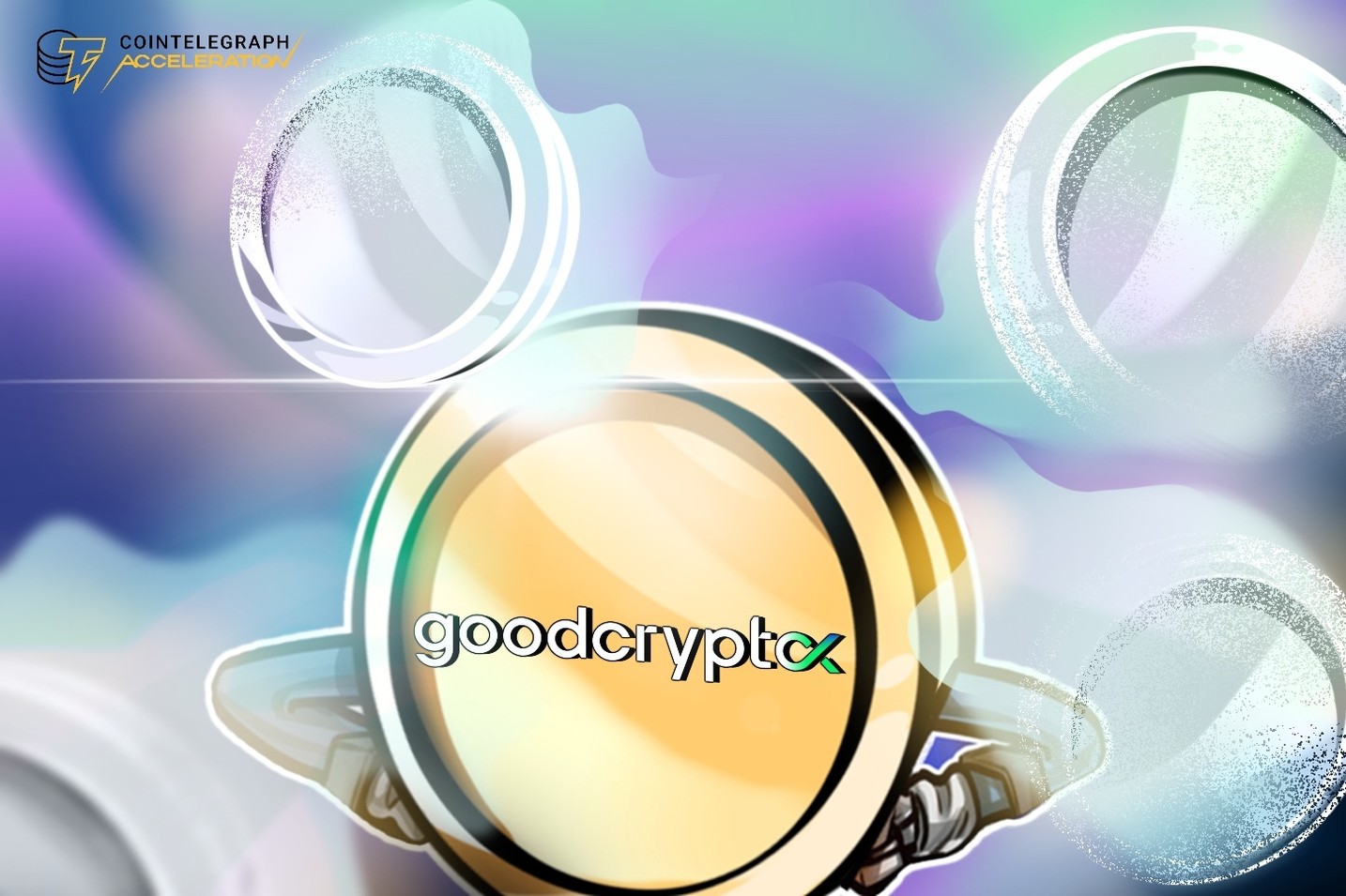Sponsored Content
goodcryptoX, an “all-in-one” trading platform that unifies centralized and decentralized exchanges, aims to combat “ghost utility” with tangible benefits, including a simple revenue-sharing model, trading rewards and a deflationary burn funded by all platform revenue streams.
Many crypto tokens are haunted by “ghost utility” — benefits that are promised on a roadmap but are either missing at launch or so complex that they are impossible for the average user to grasp. For a token to deliver real value, its utility must be a tangible tool that is clear, transparent and easy to use from day one.
This principle of tangible and accessible utility is the foundation of the GOOD token. It is the native token of goodcryptoX, a platform that provides advanced orders, automated trading bots and portfolio management across 40 centralized and decentralized exchanges.
The token was designed with a straightforward set of benefits for platform participants that are active immediately, creating a simple and understandable link between holding the token and sharing in the platform’s growth.
A direct share in the platform’s growth
One of GOOD token’s primary utilities is its direct revenue-sharing model. The platform distributes 50% of the fees generated from all decentralized trading directly to tokenholders. This creates a clear link between the platform’s real economic activity and the rewards earned by its community.
To be eligible, users simply need to hold at least 10,000 GOOD in their goodcryptoX in-app wallet, with rewards paid out daily. The system is built with simplicity and accessibility in mind; there is no complex staking, locking or manual claiming required to earn a share of the platform’s revenue.
For those looking to enhance their participation, holding one of the platform’s Ultimate NFTs increases revenue share rewards, in addition to other benefits like access to advanced trading bots.
Rewards for activity
The ecosystem is also designed to reward the very activity that drives it. The platform features a Trading Rewards program, where users earn GOOD tokens simply by trading any asset — spot or futures, on either centralized or decentralized exchanges — through the goodcryptoX app.
This feature creates a positive feedback loop where active trading contributes to a user’s token holdings. To further encourage the token’s use, trading the GOOD token itself earns a reward multiplier.
Holding the token, on the other hand, provides direct cost savings for active traders. Tokenholders can receive up to 50% off DEX swap fees. This benefit can stack with other existing discounts based on a user’s trading volume, subscription level or ownership of an Ultimate NFT.
A deflationary foundation
The token’s economy is supported by a deflationary buy-and-burn mechanism. goodcryptoX allocates 10% of all its platform revenue streams to buy back and burn GOOD tokens. This includes DEX swap fees, subscription revenue and trading fee rebates from centralized exchanges.
Because the burn is funded by all revenue sources, its deflationary pressure is designed to scale directly with the platform’s overall success across all its business lines. The burn process, which happens daily, permanently reduces the total supply over time.
In less than a week since its launch, the platform has already burned over 9,254 tokens through this mechanism.
The GOOD token provides a multi-faceted value proposition for goodcryptoX users through its four clear utility pillars. By creating a self-reinforcing economic engine that rewards holding and active participation, it serves as a potential benchmark for how utility tokens can achieve genuine accessibility and long-term alignment with their communities.
Learn more about goodcryptoX
Disclaimer. Cointelegraph does not endorse any content or product on this page. While we aim at providing you with all important information that we could obtain in this sponsored article, readers should do their own research before taking any actions related to the company and carry full responsibility for their decisions, nor can this article be considered as investment advice.
